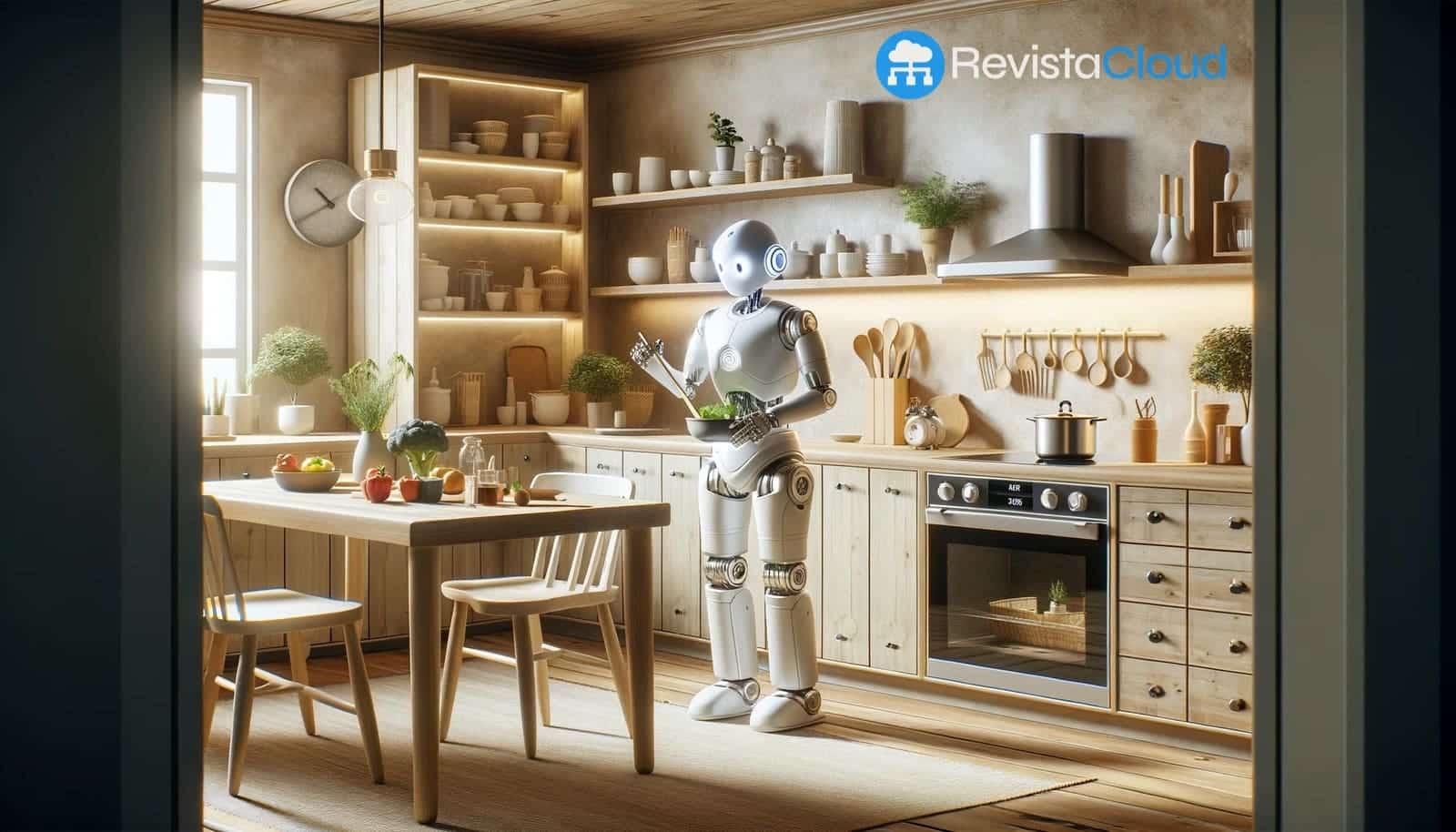In an era dominated by technology, the prospect of humanoid robots working alongside us in our daily lives is no longer just science fiction material but becoming a possible reality. Jensen Huang, CEO of Nvidia, has shared a revolutionary vision for the future of humanoid robots, promising that these advanced helpers could be as affordable as a regular car.
During the CadenceLIVE event, Huang expressed his excitement for the future of artificial intelligence and robotics, envisioning a world where robots are not only accessible to large corporations but to the general public as well. According to Huang, it is entirely conceivable to imagine a near future where a humanoid robot could cost between $10,000 and $20,000, putting the technology within reach of many more people.
The Nvidia executive not only talked about the economic accessibility but also the potential impact of these robots in various sectors. From household chores to more complex functions in manufacturing and logistics, humanoid robots could play crucial roles that would transform many industries.
With this vision, Nvidia joins other influential voices in the technology sector, such as Elon Musk with his robot Optimus, who also foresee a significant shift in the interaction between humans and machines. However, unlike some opinions that paint a dystopian future dominated by AI, Huang remains optimistic, seeing this advancement as an opportunity to improve global quality of life and increase efficiency in multiple fields.
While some experts express concerns about the ethical and labor implications that the widespread introduction of robots into society could have, Nvidia focuses its efforts on ensuring a development that respects ethical boundaries and promotes positive integration. “We are at a turning point,” Huang stated, emphasizing the importance of this moment in technology history.
With initiatives like Nvidia’s, the future of humanoid robots appears promising and surprisingly close, offering a glimpse into a new era where technology and humanity could coexist and cooperate in ways only imagined before. As this technology evolves, only time will tell how these developments will change the fabric of our society and if they will indeed fulfill the promises of their creators.

